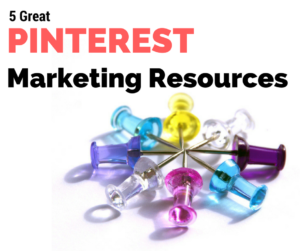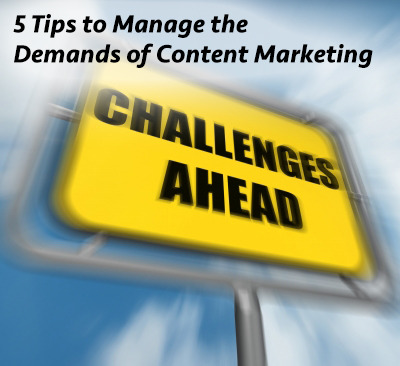 Is your brand getting great marketing results from Pinterest?
Is your brand getting great marketing results from Pinterest?
Check out these handy Pinterest marketing resources to do even better.
Pinterest is a fantastic marketing tool that is under-utilized by countless brands. By now, it’s likely that you at least have a brand account setup on Pinterest for your business, but maybe it’s just sitting there, just a handful of pins on a board or two, quietly waiting for something to happen. But what if you spent just a little more time on Pinterest?
Would you be surprised if I told you that Pinterest can be a huge driver of highly-engaged traffic to your website? Would you be happy to achieve an SEO boost? Would you like to see conversion rates on your site go up?
Pinterest can deliver all those things and more. As a visually-oriented social network, highly focused on lifestyle categories, Pinterest can also have a huge impact on your brand position. There are a lot of reasons to kick up your Pinterest activity, and fortunately, there are also a ton of great Pinterest marketing resources out there you can use to crank up your Pinterest performance in almost no time. Here are some of the best articles and resources I’ve found recently that you can use to leverage this powerful marketing opportunity:
1 – Interesting Pinterest Stats You Should Know About – Business 2 Community
It’s always helpful to understand the current state of a social network if you’re going to get the most out of your time there. This handy list of important stats compiled by the folks at Business 2 Community highlights some of the most current and interesting facts about Pinterest. Check out this article.
2 – How to Drive Traffic to Your Website With Pinterest – Social Media Examiner
Social Media Examiner is a wealth of information, and this podcast definitely delivers some extremely valuable tips. Pinterest is a massive driver of website traffic, and this podcast/article covers a selection of great tips on how to structure your pins for maximum engagement. Check out this article.
3 – How to Drive Traffic and Reach New Users with Pinterest – AddThis
If your website doesn’t have a functional and effective social media sharing tool on it, check out AddThis. They have several valuable articles in their knowledge base, such as this one that features a bunch of tips for setting up your Pinterest profile, setting up ‘rich pins’, and properly integrating ‘Pin It’ buttons throughout your website. Check out this article.
4 – How Pinterest Drives Online Commerce [Infographic] – Shopify
Not only does Pinterest drive a ton of traffic, but that traffic is extremely engaged and much more likely to convert on ecommerce sites. Shopify has crafted a beautiful and informative infographic detailing some significant points for marketers managing ecommerce sites. Check out this article.
5 – How To Drive 3x More Traffic To Your Blog With Pinterest – Blogging Wizard
Just because you may not be selling a physical product or marketing a lifestyle brand doesn’t mean you can’t capitalize on Pinterest. Bloggers can, too. Elna Cain produced this great article at Blogging Wizard highlighting some great tips for generating traffic to your blog using Pinterest. Check out this article.
In addition to these great Pinterest marketing resources, why not check out this episode of the Marketing Doubleshot podcast where we talk about how Pinterest often functions more as a search engine than what we would consider a pure social media site. – Listen to Ep.11 – Pinterest the Search Engine & Agencies Making Software
So don’t wait. Pinterest is ready and waiting to start pouring traffic in to your website. Just be sure to follow solid tips like these and you’ll be reaping the benefits soon enough. If you’re already seeing gains from using Pinterest for your brand, why not jump in to the comments here and let me know your best Pinterest tips. I’d love to hear them!













